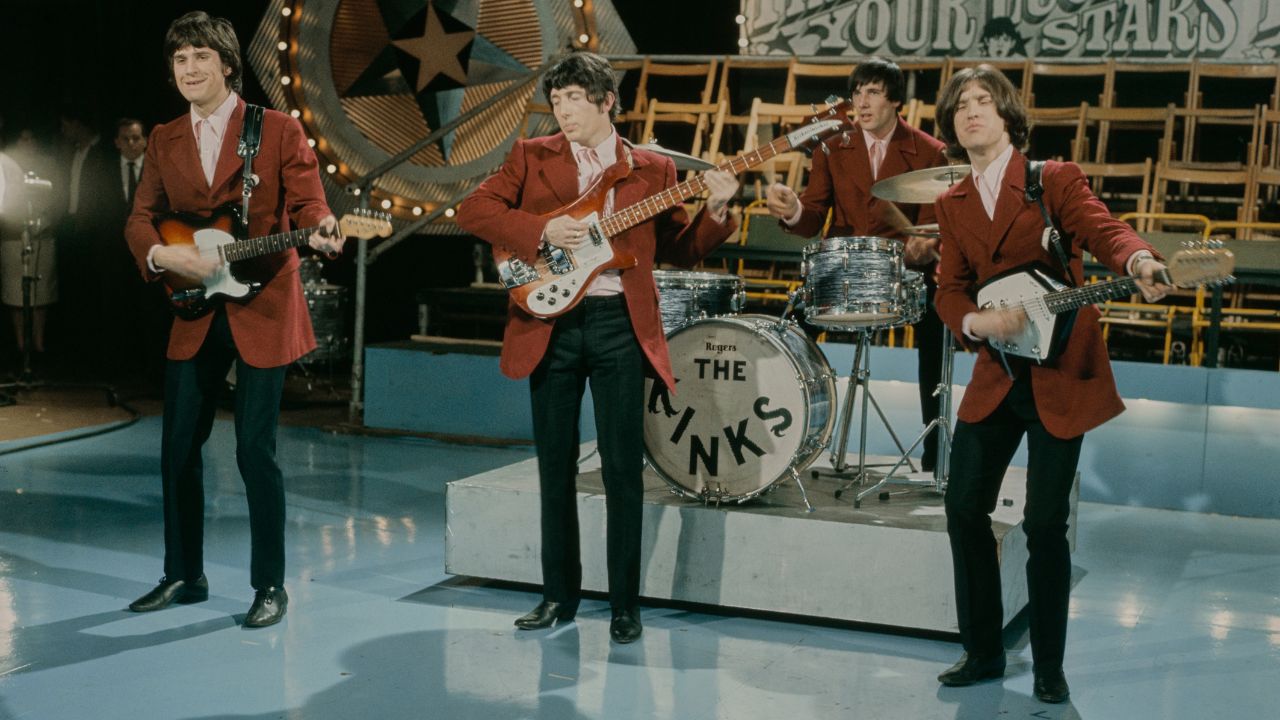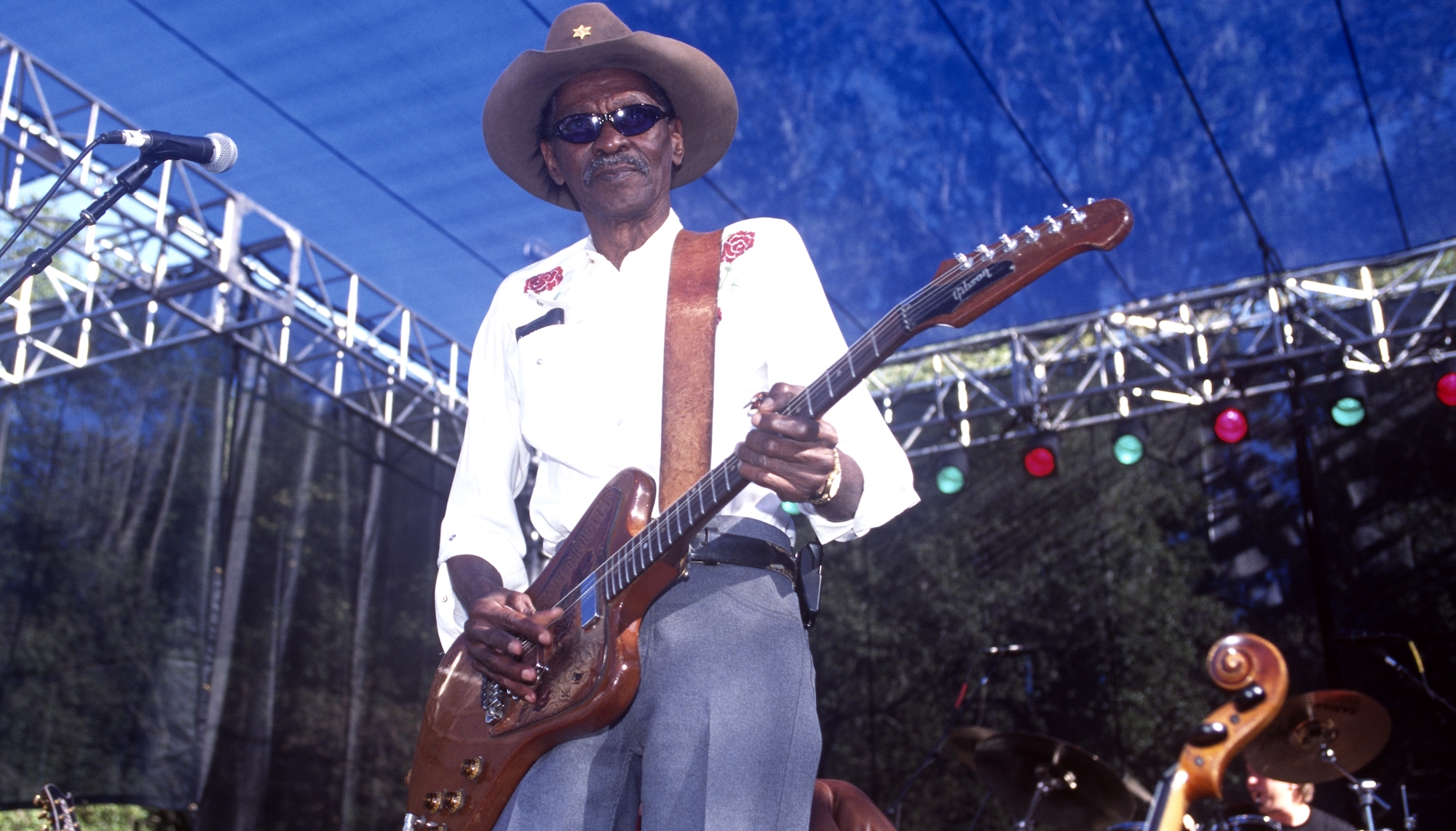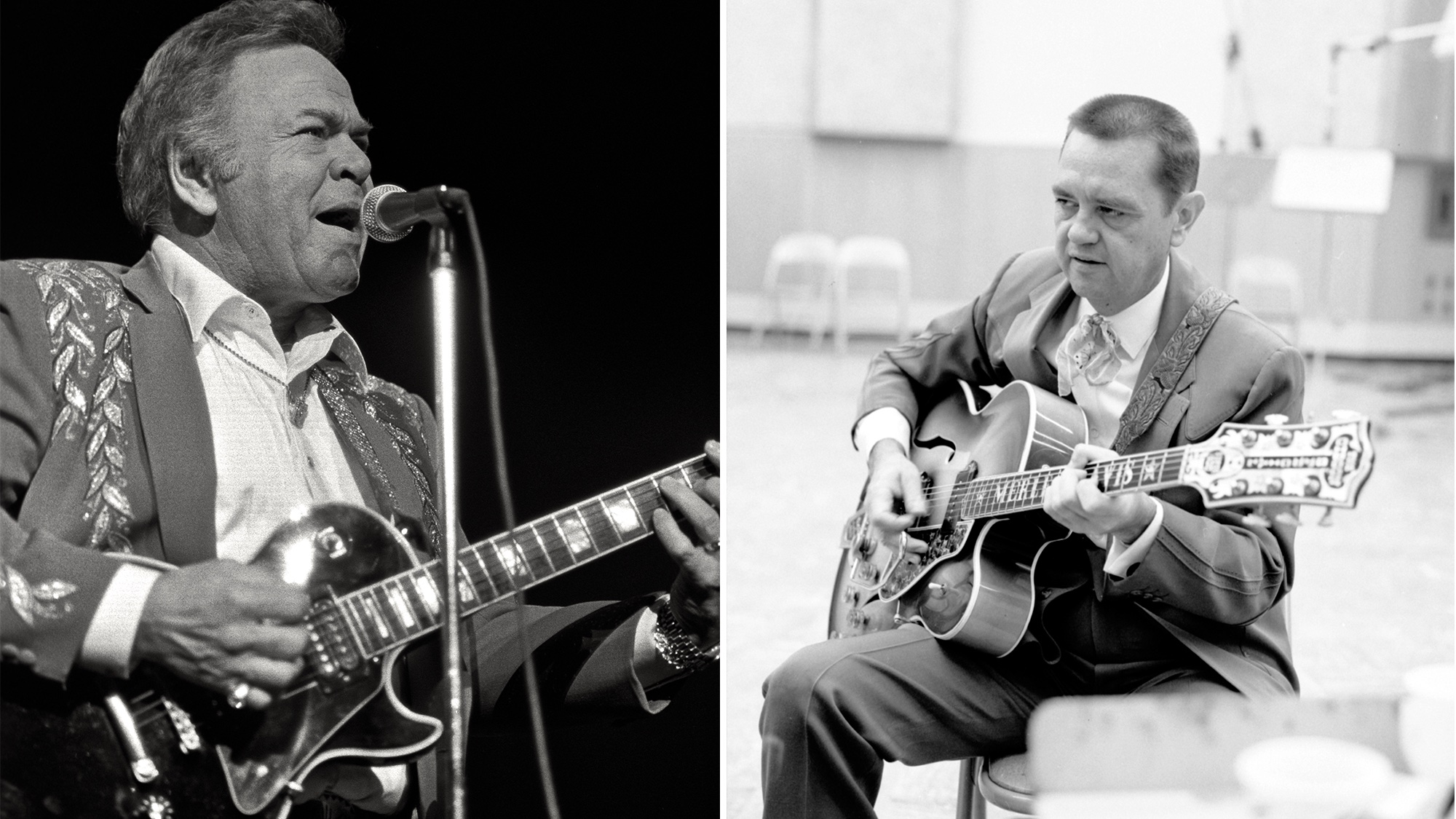Brian Bromberg: “Hendrix's presence as an artist was overwhelming, and that’s what makes his music so special“
The legendary jazz bassist discusses the challenge of adapting Jimi Hendrix for bass, and recalls his greatest collaborations

Jazz maestro Brian Bromberg recently reissued his 2010 album Bromberg Plays Hendrix, a collaboration with the great Vinnie Colaiuta on drums. We meet the master to talk about Hendrix's genius, working with Stan Getz, and the unbeatable quality of his custom Kiesel bass guitars.
What prompted the reissue of Bromberg Plays Hendrix, Brian?
“I’m very proud of the original record from 2010, but I just wanted it to be as good as possible – and I knew we could do better. One of the issues was the technology: the equipment that we’re using now is much better than when I did the first record many years ago, so just from a digital standpoint and a hardware standpoint, it’s going to sound better. Also, there were certain things with the mixes that I wanted to change anyway.
“There’s more clarity, and there’s less harmonic distortion. There’s more presence, there’s more power, and the basses sound better, which is important to me. When you’re an artist, good enough is never good enough, and you can always do better. You worked your butt off your whole life to try to achieve a high level of musicianship, so you always want to do as good as you can.“
Were you tempted to change any of the actual musical performances?
“No, I didn’t change a note, because I wanted to keep the integrity of the performances, you know. It’s a true remix and remaster, not a redo. I didn’t want to go down that path. There’s just no way, because if I did that, I’d want to recut the entire record. Forget it!“
How did you go about arranging Jimi Hendrix’s music for bass guitars?
Get The Pick Newsletter
All the latest guitar news, interviews, lessons, reviews, deals and more, direct to your inbox!
“It was really hard, although Jimi’s music is simple from a compositional aspect, because his delivery of the music was so astronomical and powerful. His presence as an artist was overwhelming, and that’s what makes his music so special. He was just a force of nature, and that is impossible to replicate by putting a finger on a metal bass string and pressing it down on a metal fret.
“So the most challenging part of the record was trying to do justice to his music. That’s why there’s a lot of fretless bass melodies, because the fretless is much closer to the human voice than a fretted. It allowed me to be much more expressive with the bass, because it’s more human.“
Kiesel sent me the first prototype and it was flawless. It was the very first one, so we refined it, but the workmanship was perfect. I was completely blown away by how good this instrument was
Tell us about your custom Kiesel bass guitars.
“I’ll put those instruments up against just about anybody else’s. I’ve played other basses that cost $5,000 or $10,000, and weren’t as good as these instruments. The lumber is unbelievably beautiful, and their workmanship is as good as anyone’s.
“They sent me the first prototype and it was flawless. It was the very first one, so we refined it, but the workmanship was perfect. I was completely blown away by how good this instrument was, and I said to myself, if they can do this in the first prototype, imagine how good these instruments can be when they get into production.“
You’ve worked with many stellar artists, including a stint with the late jazz saxophonist Stan Getz in 1980. What kind of guy was Stan?
“Well, there were a couple of odd things about him that you’ll appreciate, which is that he was a nice bunch of guys! Let’s put it this way: When he wasn’t stoned or drunk, he was great. Unfortunately, he was a major drug addict and alcoholic, and he probably had bipolar disorder. Back in those days, they didn’t know what that was, so sadly, his reputation was that he could be a real prick at times.“
When Stan Getz wasn’t stoned or drunk, he was great. Unfortunately, he was a major drug addict and alcoholic...
How did you come to join his band?
“When I was 18 years old and living in Tucson, Arizona, the legendary pianist Bill Evans came to Tucson for a week to do workshops and concerts. I went to every single one of them, and got to know Bill and his bass player Marc Johnson.
“In that week Marc heard me play, we hung out and become friends, and six months later, when he was on the road with Bill, he ran into Stan at a festival. Stan asked Marc if he knew any young bass players that he would recommend, and apparently he recommended me. The next thing I know, I'm flying to New York City with my upright bass to audition for Stan.“
He sounds like an interesting person to be around.
“Oh, he was. It was an incredible experience to be able to play with him at such a young age. It really helped me get better, and it taught me so much about life, as well as playing music on that level. He was brilliant, and I treasure the musical experiences that I had with him.“
- The remastered Bromberg Plays Hendrix is out now via Artistry Music.
Bass Player is the world’s most comprehensive, trusted and insightful bass publication for passionate bassists and active musicians of all ages. Whatever your ability, BP has the interviews, reviews and lessons that will make you a better bass player. We go behind the scenes with bass manufacturers, ask a stellar crew of bass players for their advice, and bring you insights into pretty much every style of bass playing that exists, from reggae to jazz to metal and beyond. The gear we review ranges from the affordable to the upmarket and we maximise the opportunity to evolve our playing with the best teachers on the planet.
“I asked Marcus to sing on it. As amazing as he is on bass, I think he’s underrated as a vocalist”: Having earned lofty status in bass-hero circles, Marcus Miller lent his vocal chops to Hadrien Feraud’s solo album
“I was playing stuff I don’t think James Brown understood. He told me, ‘You have to play the one – you’re playing too much’”: Six years after he quit touring, Bootsy Collins reflects on James Brown and George Clinton, and what he gets out of playing today










